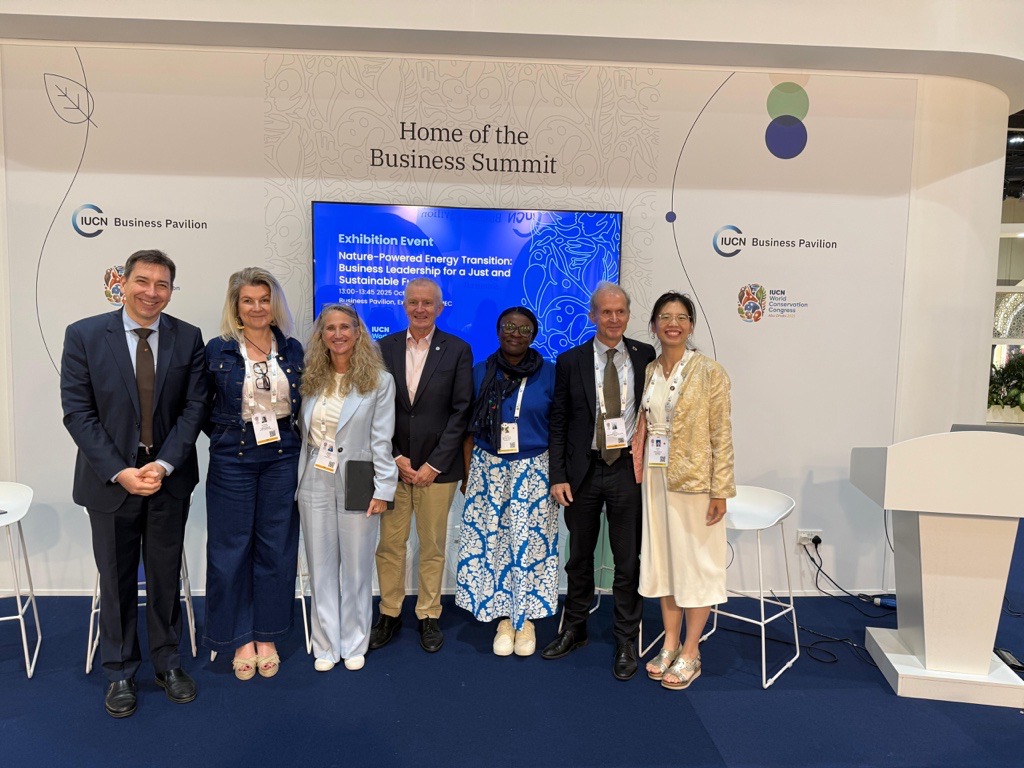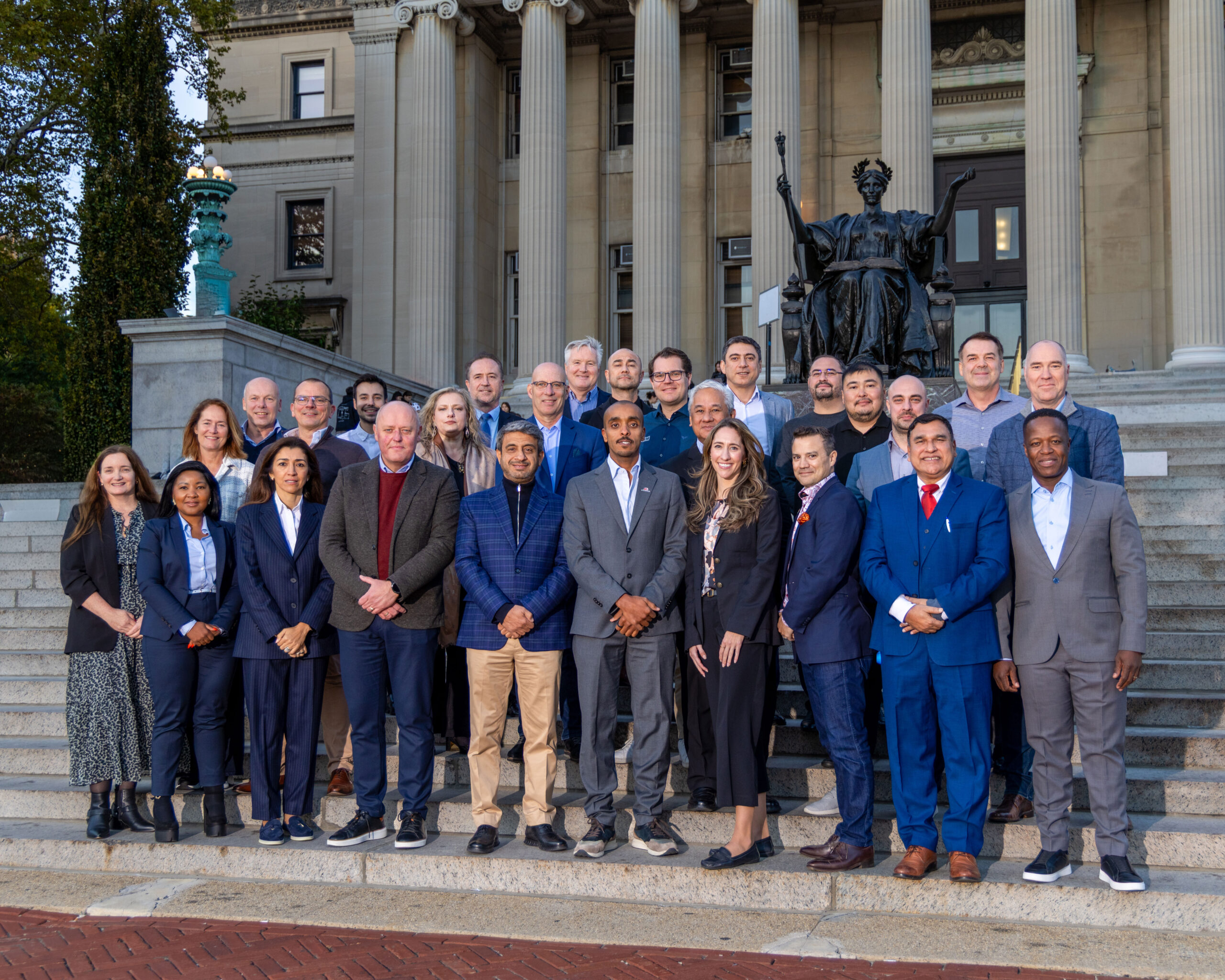Reframing Nature as Infrastructure
Keynote speaker Erik Berglöf, Chief Economist at the Asian Infrastructure Investment Bank (AIIB), outlined how the bank is integrating nature into development finance. From wetlands in Mongolia to mangrove protection in Brazil, the approach includes natural capital valuation, policy-based financing, and public-private partnerships.
“Nature is not a side concern—it is part of the operating system of our infrastructure,” Berglöf said.
AIIB’s policy-based financing model allows direct lending to governments to support climate and nature policies. A $1 billion loan to Brazil, for example, includes frameworks for mangrove management and climate-resilient health systems, illustrating how planetary health can be built into infrastructure finance. In China, AIIB’s Nature Finance Accelerator mobilises private investment through taxonomy-based project classification and carbon credit markets.
AIIB’s pilot project in Mongolia shows how ecosystem service valuation can expand the scope of infrastructure investments—from flood management to pollination, carbon sequestration, and recreation—prompting local authorities to scale up restoration efforts. This evidence-based approach positions nature as an asset rather than a cost.
Banks and Investors Demand Measurable Nature Impact
Representing European Bank for Reconstruction and Development (EBRD), Adonai Herrera Martínez highlighted the dual goals of financial returns and measurable environmental impact. He emphasised the critical role of IUCN in advocacy, guidance, and verification—helping financial institutions define metrics, develop methodologies, and link investments to actual improvements in the state of nature.
Energy Sector Scaling Up Renewables Responsibly
Patricia Claverie from TotalEnergies spoke about the urgency of scaling renewable energy at unprecedented speed while mitigating ecological impacts. Using IUCN’s guidance during the repowering of a wind farm on Réunion Island, the company was able to redesign the project with fewer turbines, lower impact, and a stronger biodiversity action plan.
Karen Westley of Ipieca underscored the power of industry collaboration: through Ipieca’s global network, lessons learned from IUCN partnerships can be shared across 60% of the oil and gas sector, amplifying systemic change.

Beyond Safeguards: Incentives and Long-Term Gains
Speakers stressed the need to move beyond compliance toward incentivised, long-term conservation gains. This includes biodiversity credits, embedding nature into licensing and tendering, and developing financial mechanisms that sustain ecological benefits beyond the operational life of projects.
Radical Partnerships for a Nature-Positive Future
Closing the session, Stewart Maginnis, Deputy Director General of IUCN, called for radical partnerships that place biodiversity conservation at the heart of the global energy transition.
“Mainstreaming biodiversity in energy systems isn’t optional. It’s how we ensure a just and sustainable future.”
Follow-up actions identified during the event include developing simple, robust nature finance methodologies with IUCN; ensuring long-term conservation gains beyond project lifecycles; and creating economic incentives to reward nature-positive infrastructure investments.
The session showcased how aligning finance, energy, and conservation can help build resilient economies and ecosystems—treating nature not as an afterthought, but as essential infrastructure.







